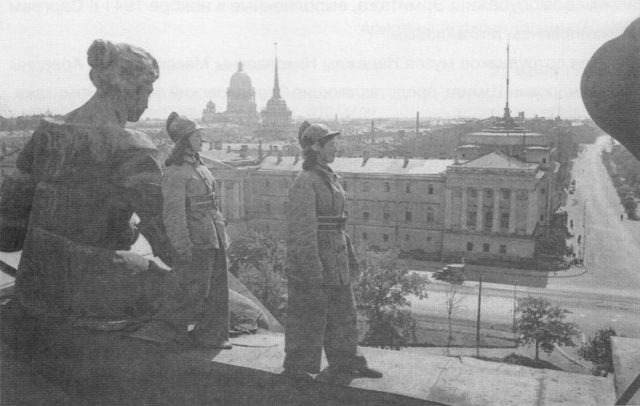In the Middle Ages, laying siege to a castle or town was considered an excellent way of winning a battle. With the advent of modern weapons, the ways of waging war changed, and laying siege fell out of favor until late in 1941 when the German army laid siege against Leningrad. This siege was to become the longest and most brutal siege ever recorded in human history.
Sieges are brutal as they target not only the army but also affect the citizens, and this is what made the siege at Leningrad so bloody. This onslaught against the citizens was aimed at forcing the army’s hand so they would surrender.
This was indeed the aim at Leningrad. The German forces were hoping that the people of Leningrad would force a surrender of the army and that it would be the start of the USSR’s fall to the German invasion.
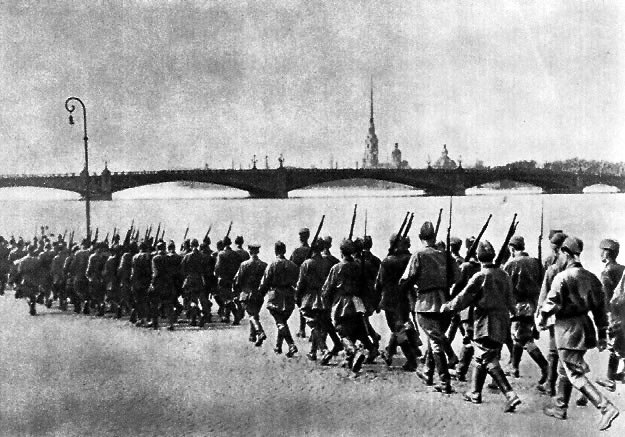
The siege commenced on the 8th September 1941, as the German forces took possession of the last road into the city. This was, to all intents and purposes, the last time that Leningrad’s people had the chance to import any of the necessities for life, food, medicine, and warm clothing.
The Soviets managed one small breakthrough on the 18th January 1943, but this did not last. The siege was not lifted until 27th January 1944, a period of 872 days.
The Finns also contributed to this siege. They took the opportunity to join the blockade only so far as the old borders of the land lost in the Winter War. Once they reached the land borders that they had lost and were now reclaiming, they refused to march any further and took little part in the rest of the siege.
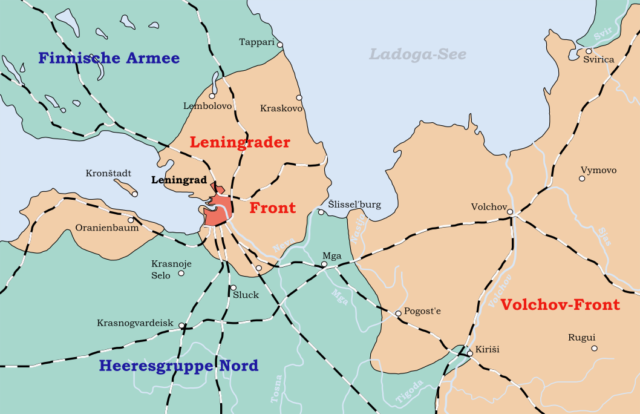
The horror, starvation, and sheer brutality of this siege shocked people after World War II, and it continues to shock to this day. Leningrad’s people suffered the most horrendous deprivations through the almost two and a half years that they were besieged.
The worst period was the winter of 1941 into 1942. The citizens were rationed to 125 grams (4,5 ounces) of bread a day. This bread was half sawdust or other inedible components. The winter temperature plummeted to −30 °C (−22 °F), and there was no public transport.
For many citizens, simply walking to the closest food station was impossible, so they starved to death. It is not surprising that there were many cases of cannibalism recorded. There was no food other than corpses that lay all over, and starvation was rife.
No one and nothing was beyond the destruction from the German forces. They bombarded schools, hospitals, public buildings, shopping centers, and the homes of ordinary citizens. The Germans saw the whole of Leningrad as a military target and viciously attacked any building.
After enduring the 872 days of the siege, on the 27th January 1944, the Germans left the city’s environs, and the citizens were left to try and piece together their lives and their city. Estimates vary on the number of people that died, but the most common statistic is that 1,500,000 people within the city died, 3,200 residential buildings were destroyed along with 840 factories.
The Russians made every effort to evacuate as many women and children as possible, and 1,400,000 women and children were evacuated to areas such as the Urals, but hundreds died of illness, starvation, and bombardment.
![The anti-aircraft gun crew of Sergeant Fyodor Konoplyov shooting at enemy planes in Leningrad [RIA Novosti archive, image #594303 Anatoliy Garanin CC-BY-SA 3.0]](https://www.warhistoryonline.com/wp-content/uploads/sites/64/2021/03/the-anti-aircraft-gun-crew-of-sergeant-fyodor-konoplyov-shooting-at-enemy-planes-in-leningrad-ria-novosti-archive-image-594303-anatoliy-garanin-cc-by-sa-30.jpg)
These 22 photographs show some of the horrors of this siege.
![Workers of the Kirov plant and young sailors on the bridge. Defenders of Leningrad during the siege. [RIA Novosti archive, image #308 Boris Kudoyarov CC-BY-SA 3.0]](https://www.warhistoryonline.com/wp-content/uploads/sites/64/2021/03/workers-of-the-kirov-plant-and-young-sailors-on-the-bridge-defenders-of-leningrad-during-the-siege-ria-novosti-archive-image-308-boris-kudoyarov-cc-by-sa-30.jpg)
![A column of German soldiers near Krasnogwardeisk, 1942 [Bundesarchiv, Bild 121-1467 CC-BY-SA 3.0]](https://www.warhistoryonline.com/wp-content/uploads/sites/64/2021/03/a-column-of-german-soldiers-near-krasnogwardeisk-1942-bundesarchiv-bild-121-1467-cc-by-sa-30.jpg)
![Anti-aircraft guns guarding the sky of Leningrad, in front of St. Isaac’s Cathedral [RIA Novosti archive, image #5634 David Trahtenberg CC-BY-SA 3.0]](https://www.warhistoryonline.com/wp-content/uploads/sites/64/2021/03/anti-aircraft-guns-guarding-the-sky-of-leningrad-in-front-of-st-isaacs-cathedral-ria-novosti-archive-image-5634-david-trahtenberg-cc-by-sa-30.jpg)
![Baltic Fleet sailors with little girl Lucy, whose parents died in the siege. Siege of Leningrad [RIA Novosti archive, image # 393 Boris Kudoyarov CC-BY-SA 3.0]](https://www.warhistoryonline.com/wp-content/uploads/sites/64/2021/03/baltic-fleet-sailors-with-little-girl-lucy-whose-parents-died-in-the-siege-siege-of-leningrad-ria-novosti-archive-image-393-boris-kudoyarov-cc-by-sa-30.jpg)
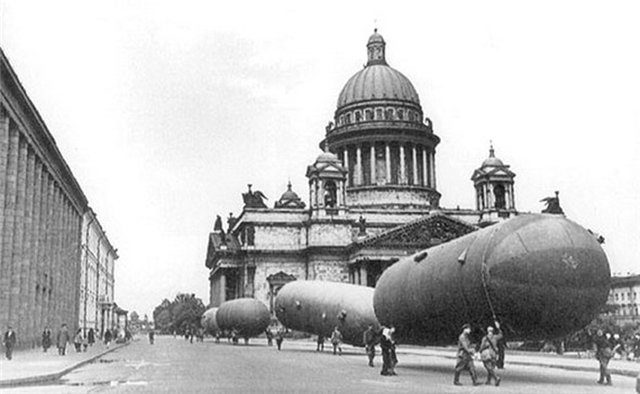
![General Lindemann visiting German soldiers in the trenches. Siege of Leningrad [Bundesarchiv, Bild 183-B20689 Schröter CC-BY-SA 3.0]](https://www.warhistoryonline.com/wp-content/uploads/sites/64/2021/03/general-lindemann-visiting-german-soldiers-in-the-trenches-siege-of-leningrad-bundesarchiv-bild-183-b20689-schroter-cc-by-sa-30.jpg)
![German Tiger of the 502nd Heavy Panzer Battalion near Leningrad, circa 1942 [Bundesarchiv, Bild 146-1981-071-07A CC-BY-SA 3.0]](https://www.warhistoryonline.com/wp-content/uploads/sites/64/2021/03/german-tiger-of-the-502nd-heavy-panzer-battalion-near-leningrad-circa-1942-bundesarchiv-bild-146-1981-071-07a-cc-by-sa-30.jpg)
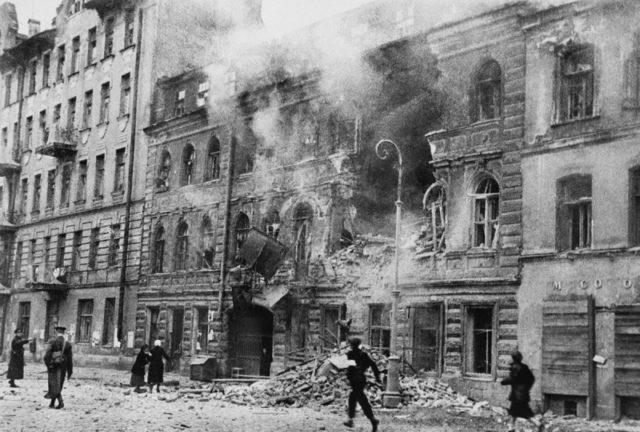

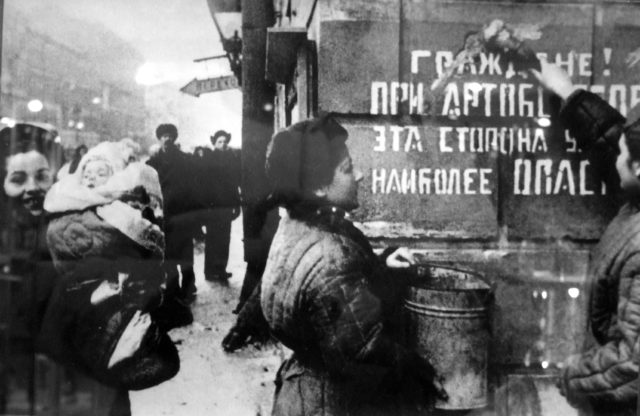
![Soldiers carrying a wounded soldier. The Leningrad Front [RIA Novosti archive, image #1000 Vsevolod Tarasevich CC-BY-SA 3.0]](https://www.warhistoryonline.com/wp-content/uploads/sites/64/2021/03/soldiers-carrying-a-wounded-soldier-the-leningrad-front-ria-novosti-archive-image-1000-vsevolod-tarasevich-cc-by-sa-30.jpg)
![Soldiers pulling camouflaged artillery on muddy roads. The Leningrad Front. [RIA Novosti archive, image #286 Vsevolod Tarasevich CC-BY-SA 3.0]](https://www.warhistoryonline.com/wp-content/uploads/sites/64/2021/03/soldiers-pulling-camouflaged-artillery-on-muddy-roads-the-leningrad-front-ria-novosti-archive-image-286-vsevolod-tarasevich-cc-by-sa-30.jpg)
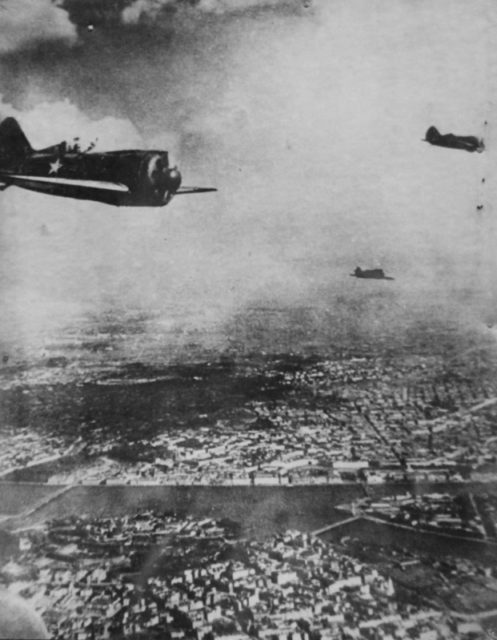
![Soviet reconnaissance troops near Pulkovo Heights, on south of Leningrad, March 1942 [RIA Novosti archive, image #62126 Boris Kudoyarov CC-BY-SA 3.0]](https://www.warhistoryonline.com/wp-content/uploads/sites/64/2021/03/soviet-reconnaissance-troops-near-pulkovo-heights-on-south-of-leningrad-march-1942-ria-novosti-archive-image-62126-boris-kudoyarov-cc-by-sa-30.jpg)
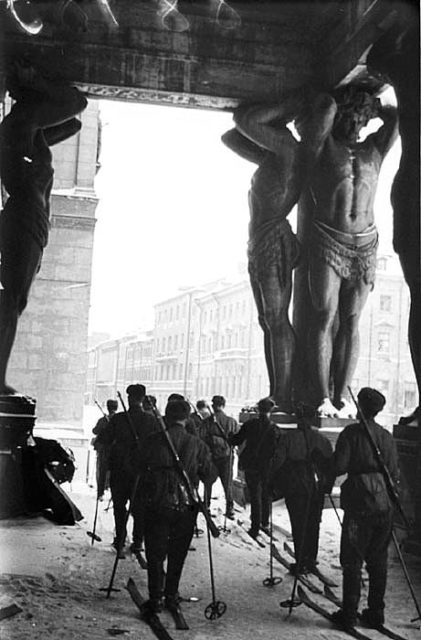
![Soviet soldiers awarded with the Defense of Leningrad Medal. Great Patriotic War of 1941-1945. [RIA Novosti archive, image #601183 Boris Kudoyarov CC-BY-SA 3.0]](https://www.warhistoryonline.com/wp-content/uploads/sites/64/2021/03/soviet-soldiers-awarded-with-the-defense-of-leningrad-medal-great-patriotic-war-of-1941-1945-ria-novosti-archive-image-601183-boris-kudoyarov-cc-by-sa-30.jpg)
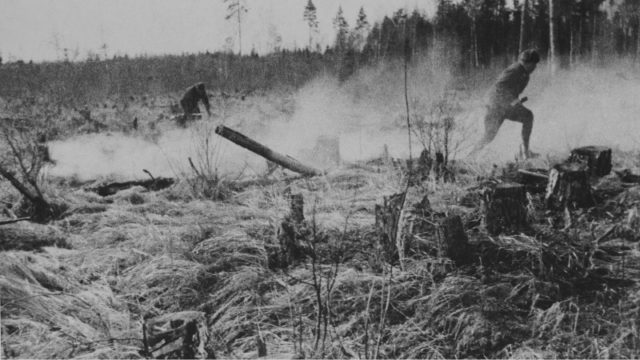
![Supplies being unloaded from a barge on Lake Ladoga to a narrow-gauge train in 1942 [RIA Novosti archive, image #310 Boris Kudoyarov CC-BY-SA 3.0]](https://www.warhistoryonline.com/wp-content/uploads/sites/64/2021/03/supplies-being-unloaded-from-a-barge-on-lake-ladoga-to-a-narrow-gauge-train-in-1942-ria-novosti-archive-image-310-boris-kudoyarov-cc-by-sa-30.jpg)
![Two Soviet soldiers, one armed with a DP machine gun, in the trenches of the Leningrad Front on 1 September 1941 [RIA Novosti archive, image #58228 Vsevolod Tarasevich CC-BY-SA 3.0]](https://www.warhistoryonline.com/wp-content/uploads/sites/64/2021/03/two-soviet-soldiers-one-armed-with-a-dp-machine-gun-in-the-trenches-of-the-leningrad-front-on-1-september-1941-ria-novosti-archive-image-58228-vsevolod-tarasevich-cc-by-sa-30.jpg)
